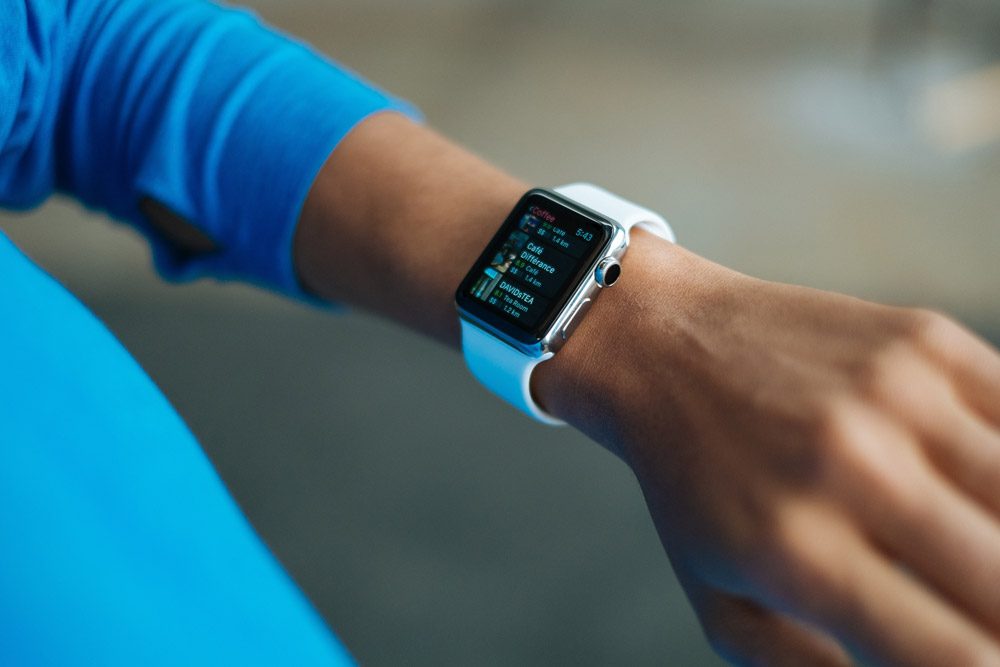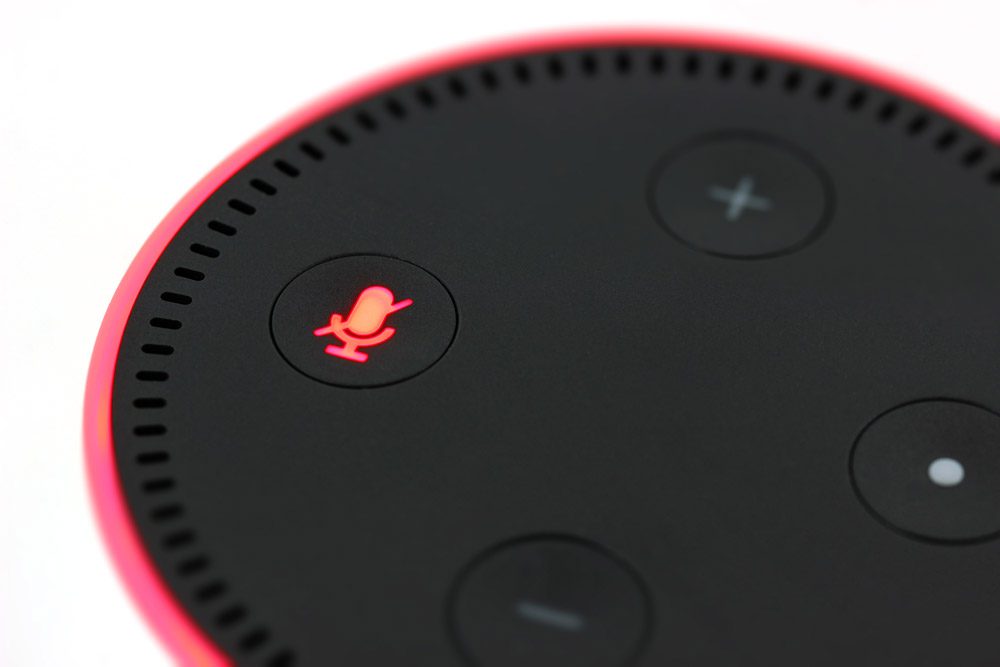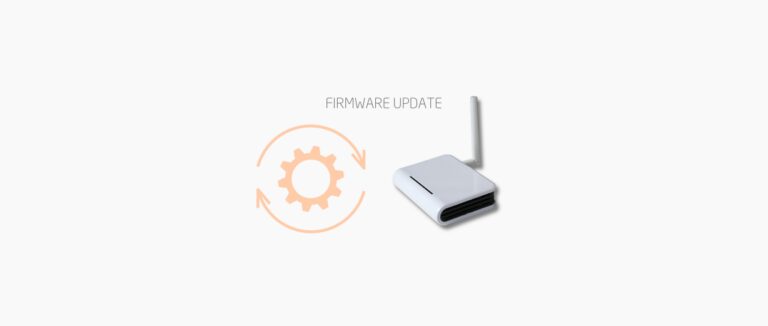The ongoing digitization of our daily lives is constantly fostering new innovations that completely revolutionize certain markets. For a few years now, such innovations have included so-called “smart living” in the “smart home”. The goal of smart living is to digitally expand the apartment or house and to control as many technical devices as possible in a (partially) automated way. It should make life in your own four walls as comfortable as possible – and of course easier. One aspect of smart living concerns lighting control. Where a simple light switch used to be used to turn a lamp on and off, today a smartphone or other digital device can be used. Some are presented below.
Light as a feel-good factor
Light decides in many situations at home whether the apartment and the stay feel pleasant. Thus, depending on the requirements, a wide variety of lighting scenes are needed. For example, watching TV requires different lighting than writing a tax return. Whereas until a few years ago you could only generate a handful of light colors with incandescent lamps, halogen lamps and fluorescent tubes, today hundreds of different lighting moods are possible. For example, warm or cold light from a light source can solve the above two scenarios quite easily.
Light cleverly controlled
A wide variety of light constellations can be conveniently set from the sofa using an app on a smartphone or tablet. In the future, control will certainly shift to the smartwatch. You always wear it on your body, which eliminates the need to unlock your phone and open the control app. Lighting systems can be connected to the various light sources, which ultimately allows the entire apartment or house to be managed from the mobile device.

A common sight in the future? Lamp control via smartwatch
Some manufacturers even install brightness sensors that detect how much light enters the rooms from outside. In the case of high solar radiation, the room is supplied with minimal to no artificial light or even darkened with automatic shutter operation. On dark days and at dawn and dusk, the artificial light dimmer is then automatically reduced. Thus, light that shines into the room from the outside is always combined with the artificial light and you really only use as much electricity as is really necessary.
But the light-dark adjustment was also possible manually with a simple wall-mounted rotary dimmer (instead of a light switch) even before the era of smart homes. Relatively new is that in addition to the light intensity, the light color can be changed. It has an influence on the biorhythm and even affects health. Normal daylight has a color temperature of approx. 5,500 Kelvin, and in this color also increases concentration as an artificial light source at the workplace, for example as a daylight lamp – provided there is sufficient light intensity. Many systems or LED panels already combine light-dark as well as color control.
With the digital assistance systems, such as the the market leaders Amazon Echo or Google Home, another control option is added: voice. Thus, the light in different rooms can even be configured, which means that you do not even need to pick up a technical device to control it. The prerequisite is lighting equipment or lighting systems that can communicate with the new digital assistants.

Voice control enabled by Amazon’s echo dot
Electrical efficiency
In addition to creating the right lighting mood, digitally networking power sources can also save a lot of electricity. Since 2013, electricity prices in Germany have stagnated, albeit at a high level, but it is difficult to make accurate forecasts for the future. Thus, the goal of every household should be to save as much electricity as possible. It is not without reason that energy-saving lamps have been mandatory since 2009 and the Energy Saving Ordinance (EnEV) has been in force since May 2014. Also, the triumph of LED lighting, both for residential purposes but also in businesses prove that most people are increasingly paying attention to electrical efficiency. Despite energy-saving lamps and LEDs, you can save even more electricity costs, which can also be seen on your electricity bill.
Motion detectors can noticeably reduce electricity costs. Especially in rooms where you rarely spend time, installing motion detectors is a worthwhile investment. Motion detectors in the outdoor area, in addition to the function for switching on the light sources, can also be used as a deterrent against burglars.
Conclusion: Lighting control via app – useful?
As with many innovations, smart living raises the question of whether and when an investment is worthwhile. Although the costs for the different systems vary greatly, the answers for this are mostly positive. Since smart living and thus the light control by remote control via smartphone combines the most diverse advantages, which predominantly consist in the fact that the light can be arranged individually according to his own needs. By switching to LED technology, there is also the possibility of reducing one’s own energy bill. The intelligent light, which always adapts to the conditions, completes the overall package of smart living. In the long term, it is definitely an investment in the future that brings many benefits. Intelligent electricity meters, so-called smart meters, will push this trend even further in the future. This means that it is no longer just possible to control intelligently, but also to read out the savings potential immediately on the smartphone or tablet.
Image credit: Philips Hue Lux httpss://www.flickr.com/shokai/ || CC BY 2.0


